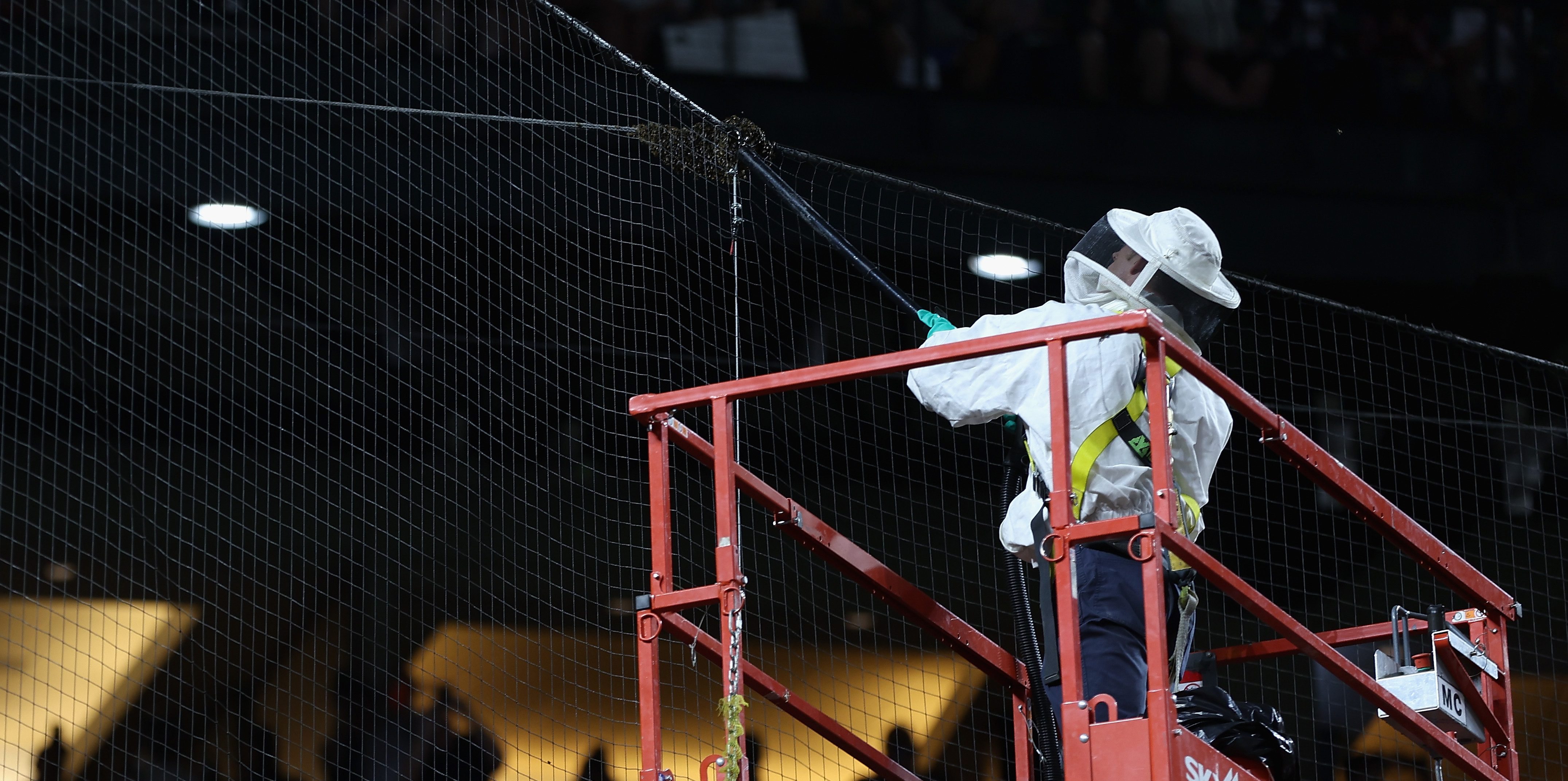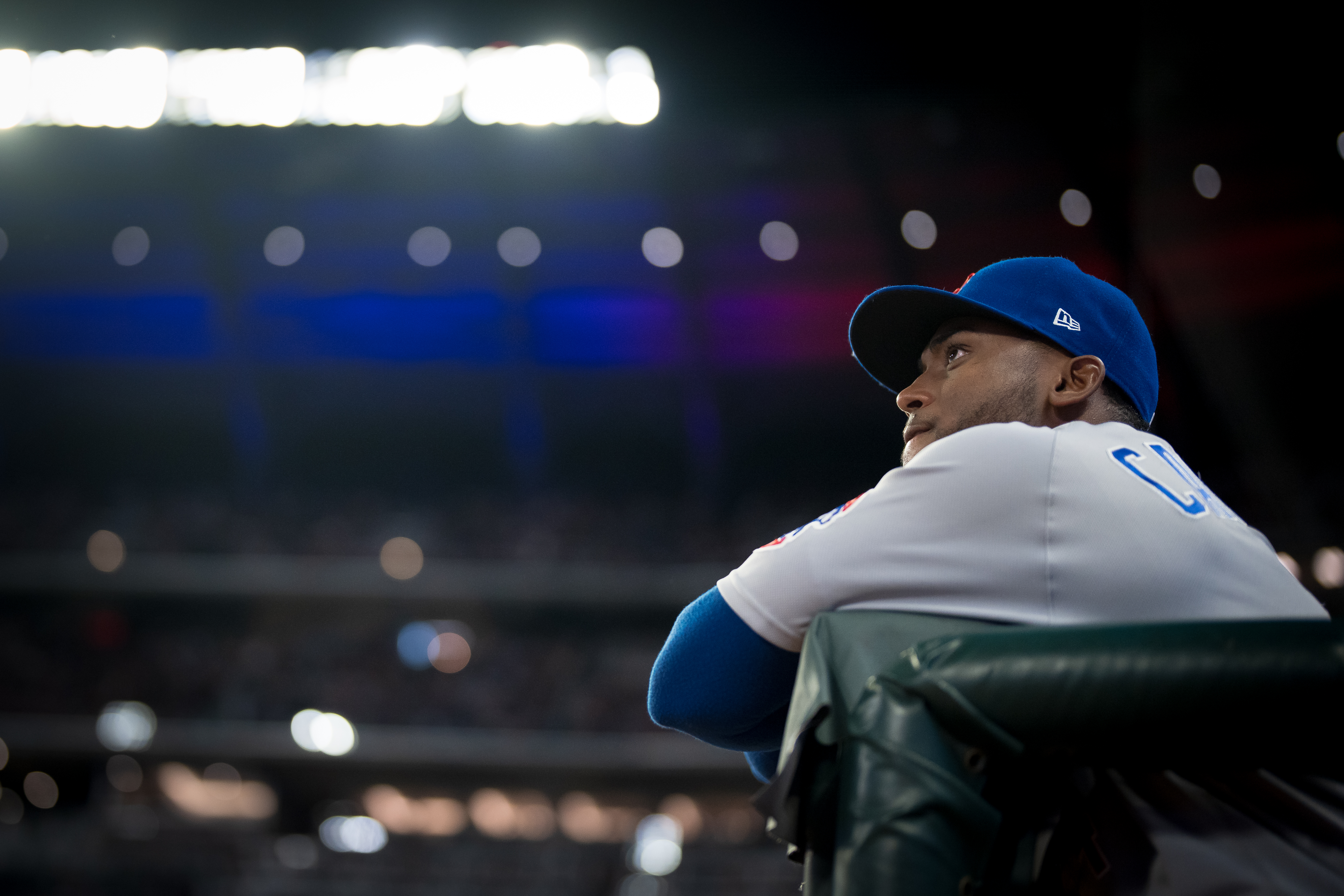Friday was the deadline for clubs to reach an agreement with players prior to arbitration and with it came a clearer picture of the Cubs' financial situation.
The first nugget dropped just before noon when the Cubs reached a one-year, $18.6 million deal with Kris Bryant, avoiding an arbitration hearing.
The other players followed:
Javy Baez — $10 million
Kyle Schwarber — $7,010,000
Willson Contreras — $4.5 million
Albert Almora Jr. — $1.575 million
Kyle Ryan — $975,000
That accounts for all the arbitration-eligible players, with the Cubs shelling out $42.66 million to the group.
At the beginning of the offseason, MLB Trade Rumors projected the figures for each player as such:
Bryant — $18.5 million
Baez — $9.3 million
Schwarber — $8 million
Contreras — $4.5 million
Almora — $1.8 million
Ryan — $1.1 million
MLB
Total: $43.2 million
It's not technically money "saved," but it does help the Cubs ever-so-slightly in their attempts to get under the luxury tax threshold for 2020. Right now, they are projected for about a $214 million luxury tax payroll (according to RosterResource.com), which is roughly $6 million over the $208 million threshold.
Theo Epstein's front office has not been very active this winter in adding to the roster, making only minor-league signings and a couple of non-guaranteed major-league contracts for relievers Ryan Tepera and Dan Winkler. The Cubs avoided arbitration with newly-acquired pitcher Jharel Cotton in December by reaching an agreement on a one-year, $640,000 deal.
The Cubs went over the luxury tax in 2019 and the penalties would be more severe if they go over again this season. In order to get back under the threshold, Epstein and Co. would need to shed salary via trade. That (obviously) hasn't happened yet, but there is still more than a month before Cubs pitchers and catchers report to spring training and the trade could always come in-season, too.
Friday's deals bring the Cubs one step closer to knowing what their Opening Day roster looks like but overall, it hardly makes a dent in freeing up resources to add to the big-league team.


